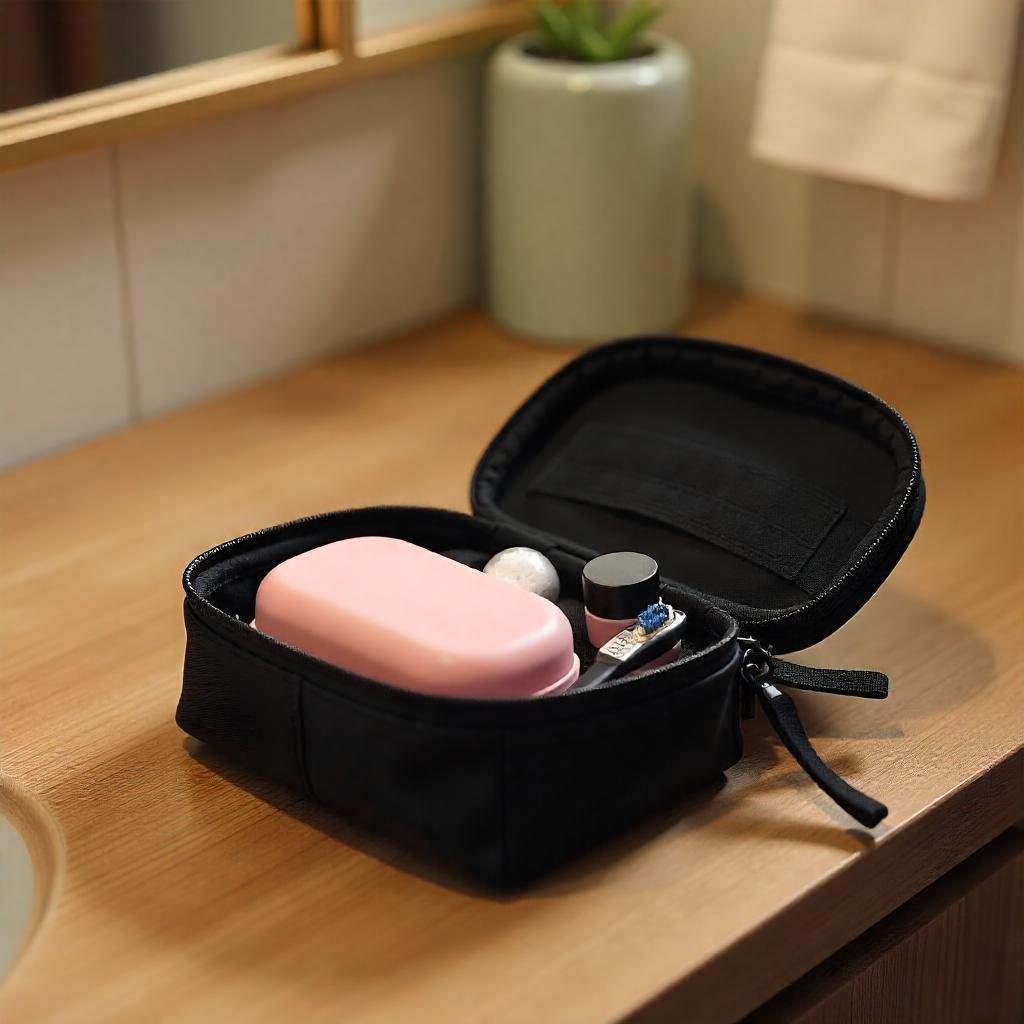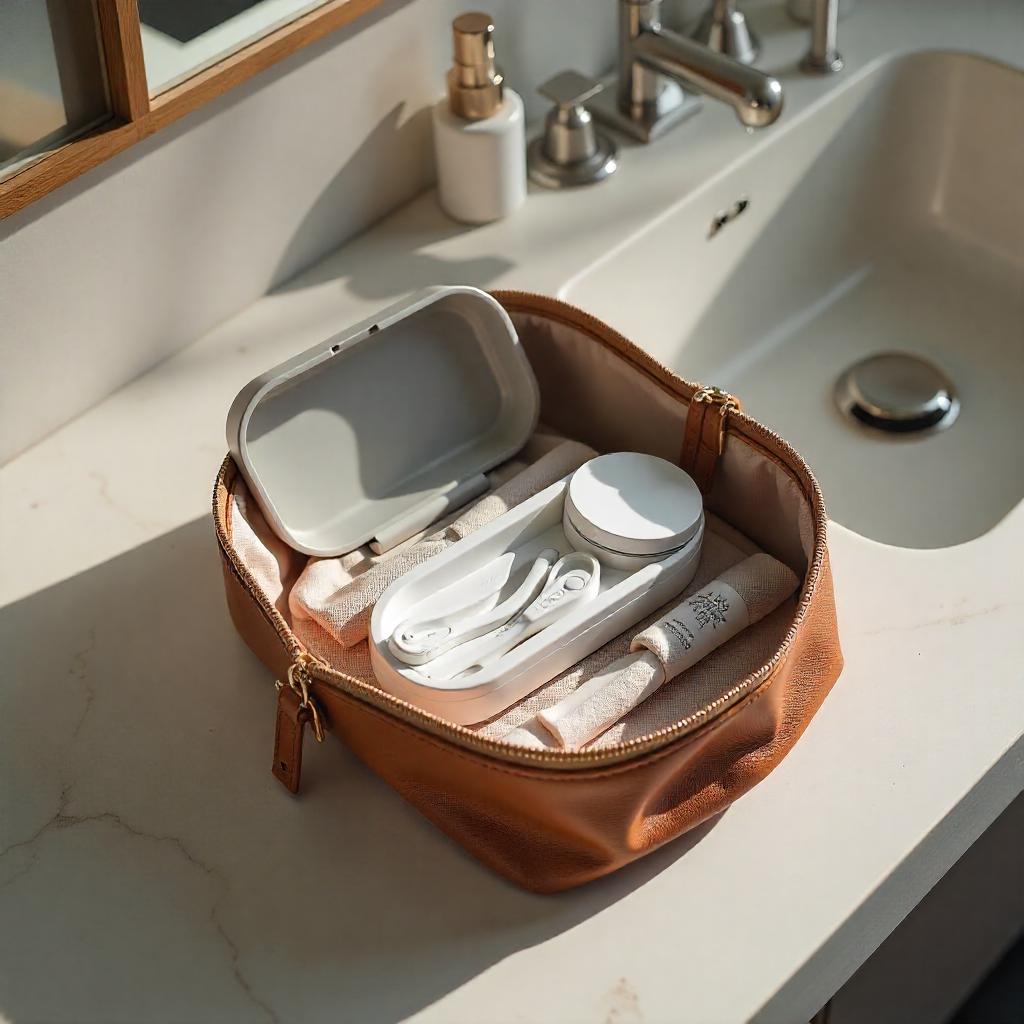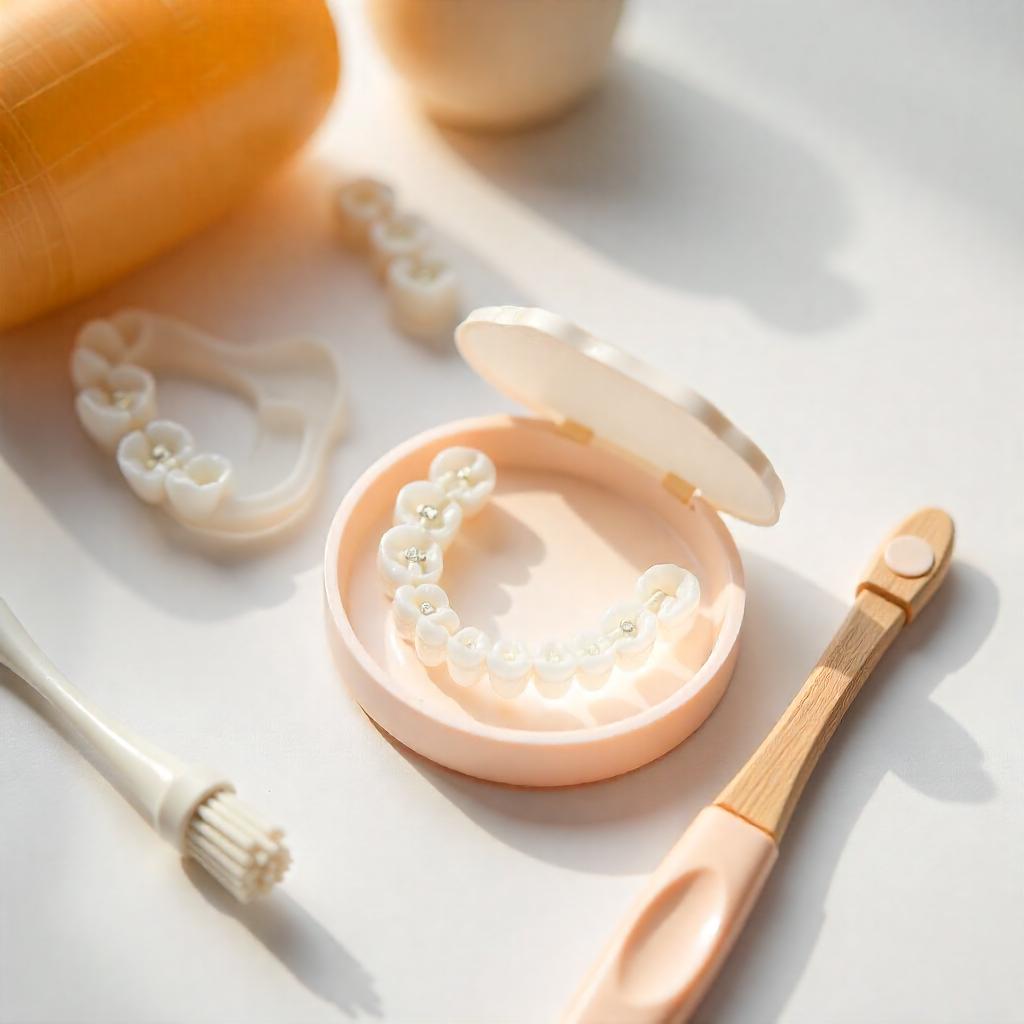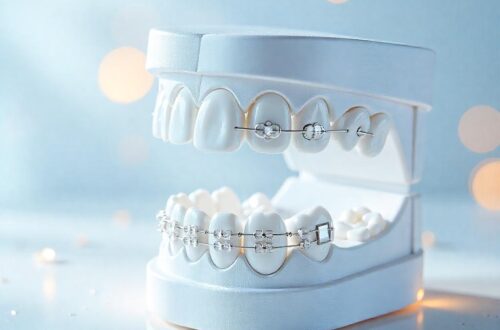Maintaining your Invisalign aligners is essential for effective treatment and oral health. Proper care not only ensures the aligners remain clear and odor-free but also helps them function optimally throughout the treatment. This guide provides a comprehensive breakdown of best practices, recent advancements, and key tips to keep your aligners in top condition.
Why Proper Care Is Crucial
Unlike traditional braces, Invisalign aligners are removable and transparent, making them susceptible to discoloration, buildup, and damage if not cared for properly. Poor maintenance can lead to staining, unpleasant odors, and even reduced effectiveness in straightening teeth. By following a consistent care routine, you can preserve their appearance, maintain hygiene, and achieve your desired results without delays or complications.
Daily Cleaning Practices
Staying consistent with daily cleaning routines is critical. Here’s how to keep your aligners in pristine condition every day.
1. Rinse Aligners Every Time You Remove Them
Bacteria and plaque can quickly accumulate on aligners when left unwashed. Always rinse them under lukewarm water before placing them back in their case or mouth. Hot water can distort their shape, so avoid it entirely.
2. Brush Aligners Gently
Use a soft-bristled toothbrush with clear, fragrance-free soap or Invisalign-approved cleaning products. Avoid using toothpaste, as its abrasiveness can scratch the aligners, leading to cloudy surfaces.
3. Clean Your Teeth Before Reinserting Aligners
Food particles left on your teeth can get trapped between the aligner and your enamel, increasing the risk of decay. Brush and floss thoroughly before putting your aligners back in to keep both your teeth and the aligners clean.
4. Use a Certified Aligner Cleaner Daily
To remove deeper stains and buildup, invest in products like Invisalign Cleaning Crystals or similar aligner-cleaning solutions. These help sanitize the aligners and restore their clarity.

Weekly Deep Cleaning Tips
Besides daily care, plan for a more thorough cleaning routine at least once a week to keep your aligners in top shape.
1. Soak Aligners in Cleaning Solution
Use specialized soaking solutions, such as Invisalign Cleaning Crystals or denture tablets. This helps remove stubborn bacteria and tartar. Always follow the manufacturer’s instructions for soaking time and rinse thoroughly before use.
2. Inspect for Wear or Damage
After cleaning, examine your aligners for cracks, warping, or rough edges. Report any issues to your orthodontist immediately, as damaged aligners can hinder progress or harm your teeth.
Dos and Don’ts of Aligner Care
Adhering to the right practices ensures the longevity and effectiveness of your Invisalign aligners. Avoiding common mistakes is equally important.
Do:
- Store aligners in a protective case when not in use to shield them from potential damage or contamination.
- Keep a travel-friendly cleaning kit (toothbrush, case, and cleaning solution) with you to manage on-the-go needs.
- Follow your orthodontist’s replacement schedule to switch to new aligners at the appropriate time.
Don’t:
- Never use household cleaning agents like bleach or harsh detergents—they can erode the material and leave harmful residues.
- Avoid eating or drinking anything other than water while wearing aligners. Food particles and beverages can cause discoloration or lead to bacterial buildup.
- Don’t leave aligners exposed to open air for extended periods, as this can promote bacterial growth and increase the risk of losing them.
Advanced Cleaning Methods
Recent innovations in orthodontic care have introduced advanced tools for Invisalign maintenance. These can simplify your routine while enhancing results.
1. Ultrasonic Aligner Cleaners
Ultrasonic cleaners use high-frequency vibrations to remove debris and plaque more effectively than manual brushing. These devices are highly efficient, particularly for hard-to-reach areas.
2. Smart Cleaning Devices
Some aligner-cleaning systems now use UV-C light to kill bacteria and sanitize aligners in just a few minutes. This ensures a deeper clean and added hygiene benefits, especially when paired with traditional cleaning methods.
3. Smart Sensors in Aligners
Emerging aligner designs may include smart sensors that monitor wear time and cleanliness. Though not widespread, these advancements signal a promising future for orthodontic care.
Common Maintenance Mistakes to Avoid
Even with good intentions, certain habits could harm your aligners or prolong treatment. Be mindful of these frequent errors.
- Using Hot Liquids for Cleaning: Heat distorts the shape of aligners, causing improper fit and compromised effectiveness.
- Neglecting Nightly Care: Skipping cleaning steps, especially at night, can allow bacteria to accumulate and lead to foul odors.
- Overbrushing Aligners: Excessive scrubbing may cause scratches, which trap dirt and make the aligners less transparent.
Storing Aligners Safely
Proper storage is just as important as cleaning. Here are best practices to ensure your aligners remain safe when not in use.
- Always Use a Case: Keep your aligners in their designated case to avoid contamination or loss.
- Avoid Napkins or Random Surfaces: Discarding aligners on napkins or surfaces increases the likelihood of contamination or accidental disposal.
- Label Your Case: Adding a unique identifier prevents mix-ups and helps you locate your case if misplaced.

Regular Checkups and Professional Advice
Routine orthodontic appointments play a key role in maintaining aligners and monitoring your progress.
- Aligner Fit Checks: Your orthodontist can assess whether the current aligners are fitting and functioning properly.
- Replacement Guidance: They will advise when and how to safely switch to the next set of aligners for continuous improvement.
- Professional Cleaning: Occasionally, your aligners may require deep cleaning from the dental office to remain in optimal condition.
Final Thoughts
Caring for Invisalign aligners isn’t complicated, but it demands consistency and attention to detail. By following the outlined cleaning routines, avoiding common pitfalls, and leveraging new technologies, you can ensure your Invisalign aligners stay clear, clean, and effective. Take these steps seriously to maximize your results and enjoy a healthier, straighter smile.





